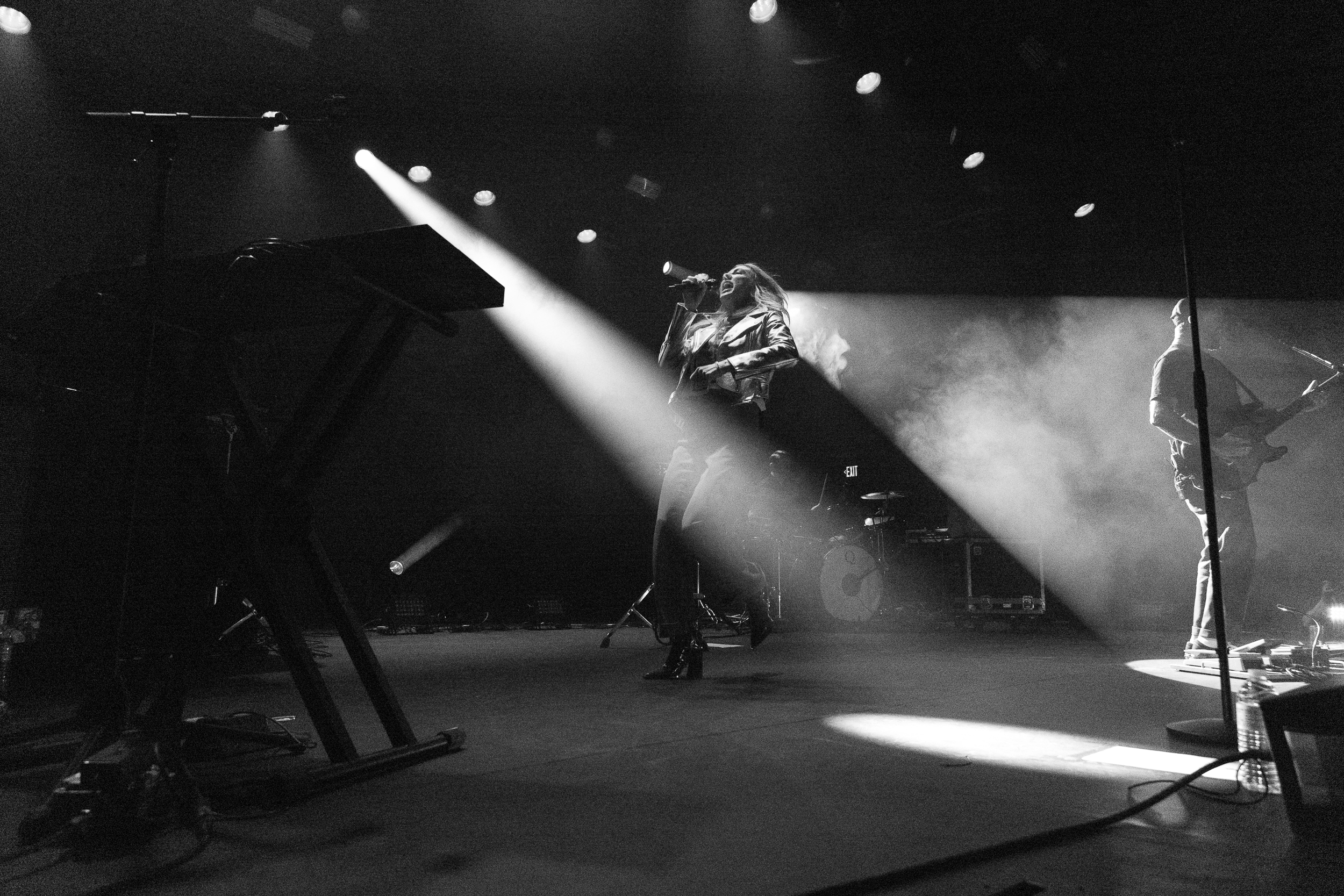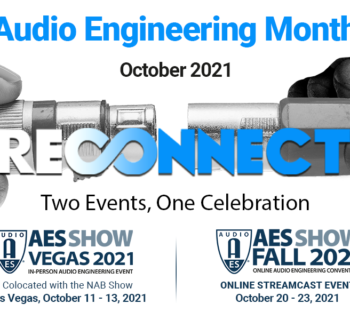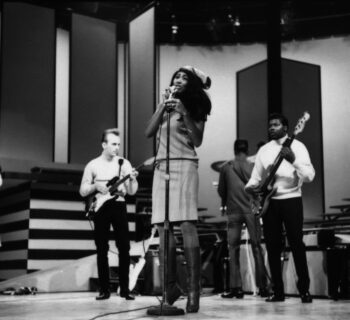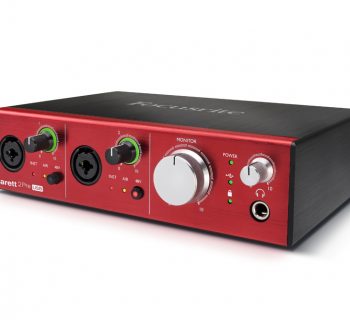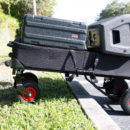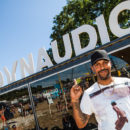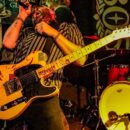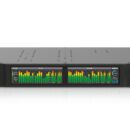Focusrite’s RedNet R1 Desktop Remote Controller is a versatile, studio-grade, desktop remote controller for Focusrite Red audio interfaces that enables audio professionals to adapt their audio configurations quickly to suit the ever-increasing demands of the studio environment. That kind of versatility and functionality has meant that the RedNet R1 has become an indispensable tool for engineers, producers and studio operators, improving workflows and enhancing creativity for them and their clients. Checking in with three high-profile Focusrite users – Adrian Morales-Demori of Heiga Studios in Miami, GRAMMY®-winning producer/engineer Dave Way of Waystation Studio in Los Angeles, and Ross Lara of Archipelago Entertainment in Breckenridge, Colorado – shows just a small sample of how today’s audio pros are putting the R1 to work.
Heiga Studios in Miami provides audio and post-production services for clients including Paramount Pictures, EA Games, 2K Games, Sony Music, Universal, Disney, Toyota and Burger King, as well as recordings for acclaimed artists including Prince Royce, Nicky Jam, Kany Garcia, Abraham Mateo, and Roberto Carlos. The RedNet R1 has been a critical tool for studio owners Adrian Morales-Demori and Malury Imbernon for the last two years, in particular for the 3,200-square-foot studio’s move into Dolby Atmos® mixing, where it’s used in conjunction with the facility’s Red 16Line 64-in/64-out Pro Tools | HD™ and dual Thunderbolt™ 3 audio interface. Most recently, Adrian Morales-Demori has applied the R1 to projects including Python Huntress, an award-nominated Argentine documentary about a woman helping rid the South Florida Everglades of an invasive species of snake, and the Dolby Atmos mix of “Flamenco Sketches” from the Premios Gardel Award-nominated LP Unanime by Argentine-American Latin GRAMMY® -nominated jazz legend Roxana Amed.
“We were hired to do the stereo and 5.1 surround mixes for the film, and the R1 made it easy for me to jump from stereo to surround to be sure the director was happy with both mixes,” explains Morales-Demori. As importantly, he’s able to create specific profiles for clients that lets them connect with and control their own inputs and outputs and monitor configurations from their own laptops, which vastly improves the efficiency of their workflows, but also personalizes the facility to clients and their particular production needs. “The R1 has become central to the workflow at the studio,” he says. “It’s reduced the amount of time and effort spent patching, and between set-ups for different types of sessions, from tracking dates to voice-overs. It’s become pivotal to how work is done here now, and it’s made a huge difference in that respect.”
GRAMMY-winning producer/engineer Dave Way’s resume runs across all genres, spanning pop, rock, R&B and more, and his credits include such acclaimed artists as Fiona Apple, Ringo Starr, Phoebe Bridgers, Sheryl Crow, Pink, “Weird Al” Yankovic and dozens of others, as well as the acclaimed soundtrack to Echo in the Canyon. His most recent GRAMMY nomination, for “Best Immersive Audio Album” for his work as immersive audio co-producer on the 2019 album The Savior by A Bad Think, portended the direction Way’s career would lead, as immersive-music mixing has become an ever-larger part of his oeuvre. In 2020, he took the leap and upgraded his personal facility, Waystation Studio in Los Angeles, to be able to mix in the Dolby Atmos format. Key components of that transition were one Red 16Line 64-In / 64-Out Thunderbolt 3 and Pro Tools | HD compatible audio interface, two RedNet A16R 16-channel analogue I/O interfaces and a RedNet HD32R 32-channel HD Dante® network bridge, as well as one ISA 428 MkII 4-channel microphone preamp. But pulling that infrastructure all together there is the RedNet R1 Desktop Remote Controller. It’s since been used by Way on an Atmos-remixed version of Joe Satriani’s seminal LP Surfing With The Alien, as well as a stereo mix for Billy Valentine and the Universal Truth, and recordings by Fall Out Boy and All Time Low, both done in Atmos. A stereo mix of Iron & Wine’s new album, which Way recorded and mixed, is scheduled to have its own Atmos mix for its release next year.
“The R1 is such a great box and you can do so much with it, because Focusrite has built so many features into it,” he says. “For instance, it has solo and mute capability for every channel — I can cut out a sub or solo a center channel to be able to hear if things are building up in part of the mix. That’s very handy to have. And I recently added the Aux IO feature to my Pro Tools® system, which lets me add any Core Audio device as extra inputs and outputs to the current Playback Engine. So for instance I can take a stereo reference track and, using the R1 as the controller, have it come up as a separate stereo output next to the binaural or Atmos versions of the track for instant comparisons. I didn’t have to change anything in my system to be able to accommodate that — the R1 was always ready for it! The R1 is great for monitoring multiple sources, so I’ve got my stereo world, my Atmos world, my Tidal playback, and my computer audio playback, all right there at the touch of a button.”
When Archipelago Entertainment co-owner Ross Lara (a multi-platinum and Latin GRAMMY Award-winning engineer) moved his studio to Breckenridge, Colorado, from its previous locations in Atlanta and L.A., he and partner and business manager Brian Shenefelt were also ready to move on to a new technology frontier: immersive audio, in the form of Dolby’s Atmos format. Immersive audio would become a key element in the company’s strategy as it continued to create and produce audio for music production, film scoring, and game audio, as well as audio branding and content development for companies such as Red Bull and Meta. Critical elements of the infrastructure for that were components from Focusrite’s RedNet and Red series of networked audio converters and interfaces. While all of these devices – such as the Red 8Pre that Lara describes as “the lungs of the studio” – are important to achieving the creative and aesthetic outcome clients want, the R1 has emerged as the Swiss Army knife of the studio.
“It’s like a hot knife through butter,” he says, describing how the R1 has streamlined operations. “For instance, I may be monitoring an Atmos recording and want to put a piano part on it. I just hit the sum feature on the R1 and I’m instantly connected through an input that I’ve already configured for the headphone preamp, which the R1’s navigation software made very easy to do. I have a handful of those configurations for any number of formats – immersive, surround, stereo – and I hit the output button and I’m there. I don’t have to worry about muting the speakers or turning down the output volume to avoid feedback. I’m ready to work. The R1 does that dozens of times in a session. It might seem like a small thing, but if you add up the time that each procedure would take without an R1, you can quickly see the kind of efficiency and time saving that the R1 offers. In a complex studio environment, the R1 is a way to sense of it all and to make the production process flow more smoothly. I don’t know where we’d be without it.”
More about the R1:
With RedNet R1, inputs from one of eight source groups (each of up to 12 channels per source, from 32 total channels) can be mixed and routed to up to 12 monitor output channels, formatted from mono through to 7.1.4 surround, providing the flexibility to monitor in a range of common setups including Dolby Atmos and other immersive audio workflows. Top-panel control includes level, reference level preset selection, sum, dim, mute and a variety of solo modes. An A/B switch allows instantaneous switching between a pair of the numerous monitoring presets, and up to four fold-down presets allow fast switching for checking downmixes. RedNet R1 features two color LCD displays for highly accurate level metering of the outputs, sources and headphone outputs, and for giving visual cues for navigating the controller’s menus.
The RedNet R1 also features a Dante-enabled talkback section, an internal mic pre that can be fed from a built-in mic or from an external mic via an XLR external mic input, and a high-powered headphone output. Up to four talkback destination groups are available when RedNet R1 is used with a Red interface (when used with other Dante devices, a single talkback group is available). RedNet R1 also includes a quarter-inch jack, which accepts a footswitch for talkback management, LFE muting and more. The unit is configured using RedNet Control, a software manager designed primarily for ease of use and quick set up of both simple and complex monitoring and routing configurations. RedNet R1 can be powered via Ethernet using the PoE standard to reduce cabling complexity or by the supplied DC power supply.


